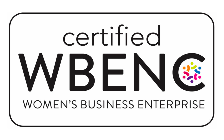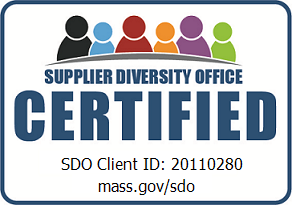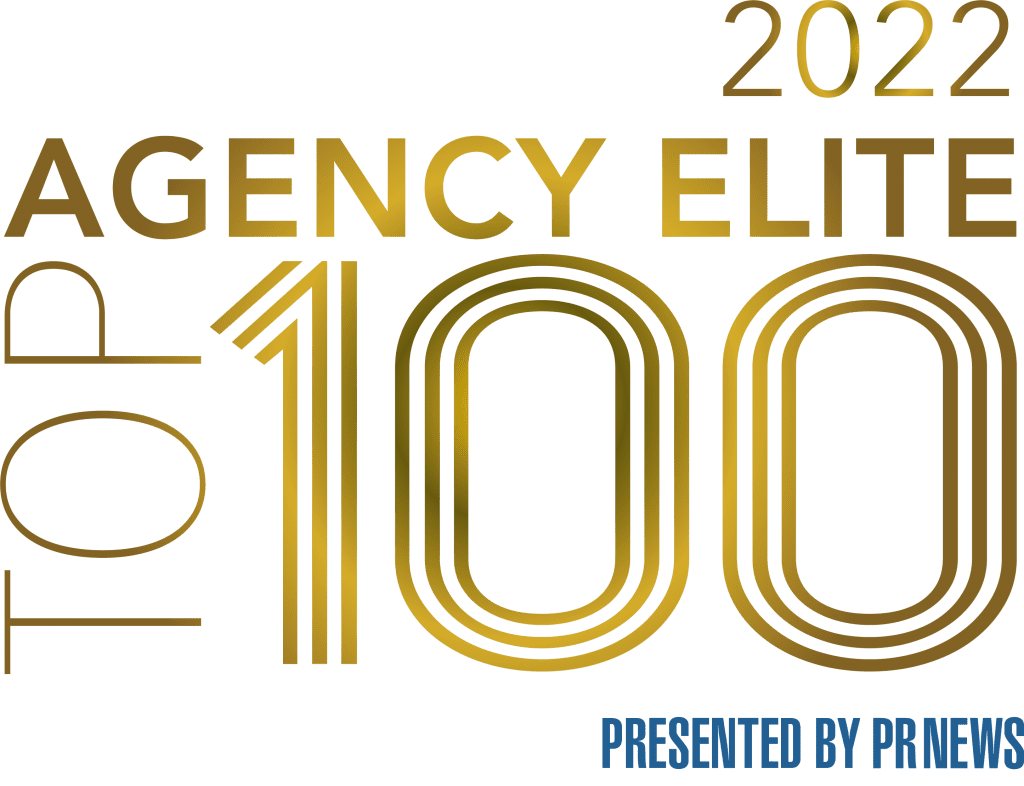ENERGY TRANSITION: WHY IT MATTERS
Climate change stands as one of the most pressing issues of our time. Its far-reaching impacts touch every corner of society, from social justice and health impacts to intensified weather events and economic disruptions. What we do to address climate change – our ‘energy transition’ – is now at the forefront of conversations at all levels of government, from neighborhood organizations to global compacts. But what exactly does it mean, and why should you pay attention? Let’s delve into these questions and explore why incorporating the energy transition into your PR strategy is advantageous and imperative.

WHAT IS ENERGY TRANSITION? UNDERSTANDING THE FACETS
The energy transition refers to the global shift from traditional, fossil fuel-based energy sources to renewable and sustainable alternatives. This transition encompasses various facets, including adopting solar, wind, hydroelectric, and other forms of renewable energy alongside advancements in energy efficiency and storage technologies. The energy transition also includes sustainability – think renewable materials, recycling, conserving, and other climate-conscious decisions. How we curb the impacts of climate change, lower our greenhouse gas emissions, and implement sustainable alternatives across industries is part of our collective ‘energy transition.’
FOUR REASONS TO BUILD A PR STRATEGY AROUND YOUR CLIMATE GOALS
- Environmental Impact: Transitioning to renewable energy sources is crucial for mitigating the adverse effects of climate change. We can all do our part to contribute to a healthier planet for current and future generations by reducing greenhouse gas emissions and minimizing environmental impact.
- Social Responsibility: Embracing the energy transition reflects a commitment to corporate social responsibility. Many industries – from transportation to housing or agriculture – are responsible for a large share of climate impacts. We must all do our part to minimize carbon footprints and actively participate in initiatives that promote sustainability and environmental stewardship.
- Inclusivity and Equity: It is essential to recognize that the energy transition must be inclusive and equitable. Communities disproportionately affected by environmental degradation and climate change must be included in decision-making processes. Incorporating equity and inclusion into your PR strategy demonstrates a commitment to social justice and community empowerment.
- Competitive Advantage: Consumers are increasingly conscious of sustainable practices. By aligning your PR strategy with climate goals, you position your organization as a forward-thinking leader in your industry, attracting environmentally conscious customers and investors.
CRAFTING YOUR ENERGY TRANSITION STRATEGY: FIVE ELEMENTS OF A PR PLAN
- Authentic Storytelling: Communicate your organization’s journey towards sustainability authentically. Show the human side of your commitment. Use anecdotes and personal stories to demonstrate progress, challenges, or initiatives highlighting your commitment to climate action.
- Stakeholder Engagement: Engage with stakeholders, including customers, employees, investors, and local communities, to foster transparency and accountability. Solicit feedback, address concerns, and actively involve stakeholders in your climate initiatives. Share photos and recaps of this engagement on owned media channels when appropriate.
- Awards: Consider nominating your organization, its leaders, or a stand-out member for their climate action and sustainability efforts. This can elevate your organization’s brand awareness and profile. If you receive the award, you will have a good reason to pitch the media. Collaborate with other organizations and government agencies to amplify your impact.
- Thought Leadership: Position your organization’s leaders as subject matter experts in their industry and as leaders of the energy transition. Speak, participate on panels, and write OpEds and blogs. These create opportunities to share insights, best practices, and commentary that elevate your leaders’ profiles and brand awareness.
- Measurable Goals and Reporting: Set clear, measurable goals for your climate initiatives and regularly report progress to stakeholders. Transparency and accountability are vital to building trust and credibility in your PR efforts.
YOUR CLIMATE GOALS & COMMUNICATIONS PLAN: TAKE ACTION NOW
The energy transition is not just a buzz phrase. It’s a transformative global movement with profound implications for businesses and non-profits. By integrating climate goals into your PR and communications strategy, you contribute to a more sustainable future and enhance your brand’s reputation, competitiveness, and social impact.
Not sure where to start? Reach out to a member of the Castle team.















